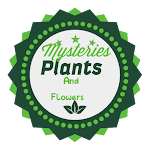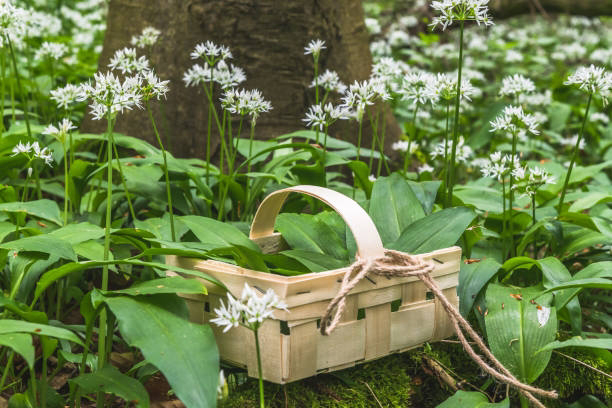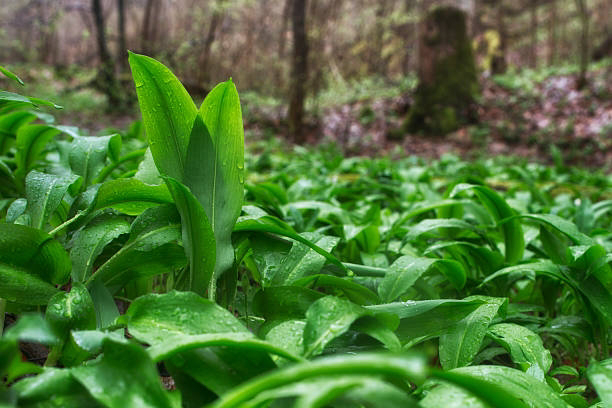1. Early riser: Wild garlic is one of the first flowers to bloom in spring, popping up as soon as winter fades away. You can spot it in shady woods by its green leaves and strong smell of garlic.
2. Global Garlicky Goodness: You can find wild garlic in damp, shady spots all over Europe, Asia, and even in some parts of North America. It's pretty widespread!
3. More Than Just a Look-alike: While it looks similar to the garlic you find in the grocery store, wild garlic has wider and flatter leaves.
4. A Fragrant Footprint: Wild garlic's powerful garlic smell isn't just for humans to enjoy. It helps keep animals from munching on it, so the plant can survive and thrive.
5. Nectar for Nature's Jewels: Bees and butterflies love wild garlic's delicate white flowers. They visit them to get nectar, which helps the flowers reproduce and keeps our environment healthy.
6. Aromatic Allure: People used to believe that putting wild garlic leaves in their homes could keep bugs away, but science isn't totally sure if it works!
7. Culinary Chameleon: You can eat every part of wild garlic – the leaves, flowers, and even the bulbs! They add a mild garlic flavor to all kinds of dishes.
8. Pesto Powerhouse: Swap out basil for wild garlic leaves in pesto for a tasty twist on this classic sauce.
9. A Medicinal Marvel: Some folks think wild garlic might help with digestion and boost the immune system, but we need more research to be sure.
10. Natural Weed Control: Wild garlic's smell can scare away pests in your garden, which is great for keeping unwanted plants at bay.
11. Green Giant in Disguise: When wild garlic dies back in the summer, its leaves break down and enrich the soil with nutrients, making it better for other plants to grow.
12. A Bear's Breakfast: Bears have been known to munch on wild garlic in the spring, adding a little zing to their meals.
13. Beware the Look-alike: Be careful! Some plants look like wild garlic but are poisonous. Make sure you know what you're picking before you eat it.
14. Sustainable Savoring: Take only what you need when foraging for wild garlic. That way, there'll be plenty left for future generations to enjoy.
15. A Springtime Tradition: In some parts of Europe, people celebrate the arrival of wild garlic with festivals. It's a fun way to enjoy this tasty and versatile plant each spring.






